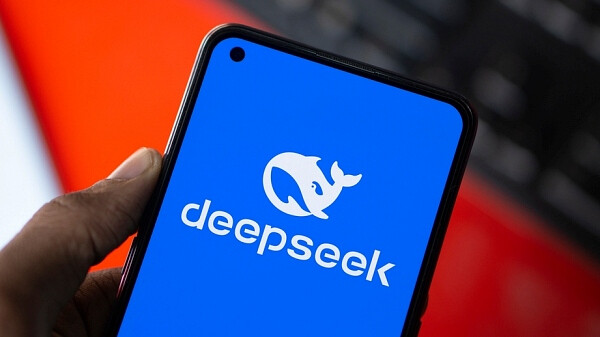
San Francisco, CA – The U.S. Navy has issued a directive prohibiting its personnel from using a generative AI chatbot developed by Chinese startup DeepSeek, citing security and ethical concerns. In an email sent to its staff on January 24th, the Navy emphasized that the use of DeepSeek's AI in any form is strictly forbidden.
The decision comes on the heels of DeepSeek's recent release of its powerful inference AI model, R1, which is seen as a formidable competitor to OpenAI's technology. R1 is open-source, making it accessible to AI developers worldwide. DeepSeek's app has already surpassed OpenAI's ChatGPT in download rankings on the U.S. App Store, and industry experts have praised its performance and inference capabilities.
The emergence of DeepSeek has sent shockwaves through the U.S. financial markets. On January 27th, the stocks of AI chip manufacturers Nvidia and Broadcom plummeted by 17%, wiping out a combined $800 billion in market capitalization. The Nasdaq Composite index also declined by 3.1%. These market reactions were driven by concerns that AI could be developed at a much lower cost than previously anticipated.
DeepSeek revealed late last year that it had developed its large language model (LLM) in just two months at a cost of less than $6 million, a fraction of what companies like OpenAI, Anthropic, and Google have spent.
U.S. President Donald Trump described DeepSeek's rise as a "wake-up call" for American technology companies. David Sacks, the Trump administration's AI and cryptocurrency czar, tweeted about DeepSeek's R1, stating that "the AI race is heating up" and urging the U.S. to remain vigilant despite its confidence.
IT news outlet The Information reported that Meta has established four "war rooms" within its generative AI division to counter DeepSeek.
The Navy's decision to ban DeepSeek reflects growing concerns about the security implications of AI developed by foreign adversaries. As the global race for AI supremacy intensifies, the U.S. government is taking steps to protect sensitive information and maintain its technological edge.
[Copyright (c) Global Economic Times. All Rights Reserved.]






























